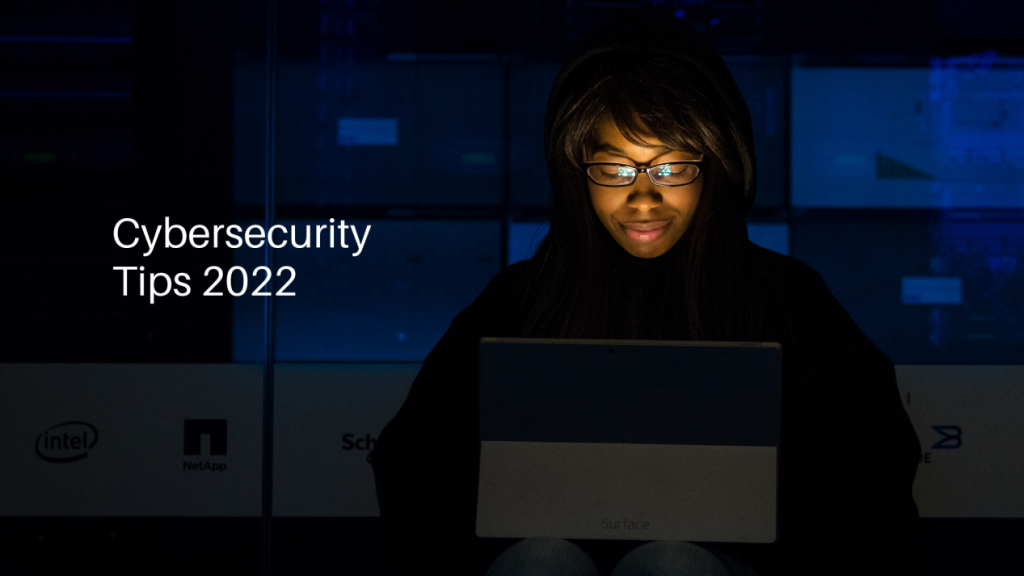Effective cybersecurity protections do not have to be complicated or expensive. It should be thought of as well as keeping your home or workplace safe, preventing unauthorized access, and ensuring that all team members know what to do and what they are not allowed to do.
Quick Links
Why should you be aware of cybercriminals?
The Internet is undoubtedly one of the greatest inventions in the history of mankind. It provides immediate and virtually unlimited access to information, allows you to contact friends from around the world and provides many entertainment options.
Unfortunately, as it developed, various types of threats appeared. There are numerous cybercriminals in the network who act to the detriment of users, for example, by extorting personal data and money from bank accounts, stealing private files, blocking access to the computer and taking control over it. Children, who may come into contact with content that is inappropriate for them, are particularly at risk.
Cybersecurity rules to follow in 2022
Traditionally, organizations have concentrated most of their cybersecurity resources on default security available from the security software they install to protect only the most critical system components and defend themselves against known threats. Currently, this approach is insufficient as threats appear and change faster than we can keep up with them. Let’s take a closer look at the most common ones which are still effect in 2022.
Rule 1. Use anti-virus programs
Antivirus programs help identify malware in time and protect internet-connected devices from potential threats. Hence, it is important to install appropriate anti-virus programs not only on computers, but also on tablets and phones. It is especially recommended to follow this rule to users who frequently pay online. The level of device protection can be increased with the help of a proxy, which will work well in terms of data protection when using websites.
Rule 2. Systematic data backup
Backup will be a real rescue not only in the event of a system failure on the device, but also in a situation when it is attacked by ransomware malware. You should repeat backups from time to time – this is one of the most reliable ways to help avoid losing important information.
Rule 3. Use of two-factor authentication
For several years, two-factor authentication has been considered one of the most reliable ways to protect personal and corporate data. The characteristic of two-factor authentication is that in addition to the static password that is remembered, a separate application is used, in which a temporary password is generated, after entering which access to the website, program, etc. is obtained. The basis for ensuring the security of user data is the use of complex data encryption systems.
Rule 4. Safe network
Wi-Fi is another area of risk. In order to minimize the risk, it is necessary to keep one’s own safety and be careful when it comes to using the external one. In this first scope, it is worth following three basic steps: change the password against the factory settings, disable the broadcast of the network identifier and leave the WPS button on the router disabled. When it comes to using hotspots, access rights to hardware resources should be limited as much as possible, not to mention the transmission of sensitive data over these types of networks.
Rule 5: Data encryption
To a large extent, we can also take care of our cybersecurity by adopting encryption rules that will help reduce the risk of an attack.
Encryption tactics help many companies comply with various regulations regarding the use and storage of user data. This technology helps to protect data that is transferred from device to device, as well as data that does not migrate. Such security is particularly important for such data, as this data is most vulnerable to attacks by cybercriminals due to its high value.
Encryption Tools
There are many programs available on the market that allow you to encrypt files, folders, partitions, and even the entire flash drive. Moreover, they make working with encrypted folders the same as working with normal files from the user’s point of view.
The SwifDoo PDF team takes care of the PDF documents and data of their users so that they are properly protected and meet all legal standards. Compliance with security standards and meet the requirements imposed by institutions, SwifDoo PDF guarantees the safe use of its PDF tools. They want to ensure the highest quality of protection for its users by using, among others.
How to protect yourself?
Safety should be your top priority. Above all, never forget the basics. Antivirus, firewall, encryption, backup, strong passwords are all you need and you can’t give it up. It is also worth researching which data is more valuable and which is less, and to ensure their protection and the appropriate frequency of archiving accordingly.
Most of the cybersecurity breaches are primarily caused by human error, make every effort to increase the awareness of your employees, take care of their involvement in the subject of safety. It’s also good to stay up-to-date with popular threats.

